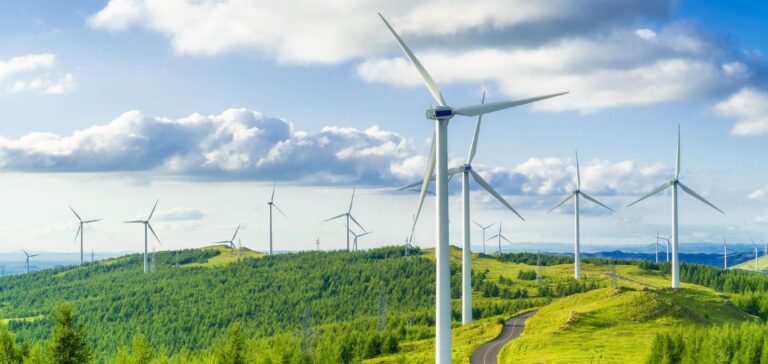Bord na Móna and SSE Renewables announce a 50:50 joint venture to deliver up to 800MW of onshore wind power in Ireland. The two companies thus mark one of the largest onshore renewable energy partnerships in the history of the state, which renewed its energy plan in 2021. This collaboration aims to invest more than a billion euros over the next decade in the development of new wind power projects on Bord na Móna’s existing land in suitable locations.
Project impact and development
The wind projects to be developed, including Lemanaghan, Littleton and Garryhinch, are expected to support hundreds of jobs during construction and operation. If fully realized, these 800MW could generate an amount of electricity equivalent to the average annual consumption of around half a million homes, while offsetting half a million tonnes of carbon emissions every year.
Financial contributions and responsibilities
SSE Renewables will invest around €50 million in initial equity for a 50% stake in the 800MW onshore wind development portfolio. Completion of the portfolio is subject to obtaining planning consent for each project, securing market access and grid connection.
Government support and climate targets
The Minister for the Environment, Climate and Communications, Eamon Ryan, welcomed the partnership and its ambitious objectives, emphasizing the crucial role of renewable green energy in achieving Ireland’s energy security and reducing emissions, with the ultimate goal of reaching net zero emissions by 2050.
The partnership will not only provide green energy, but also foster economic development in the Midlands and local communities, with the promise of significant annual community investment and the creation of new public facilities wherever possible. Stephen Wheeler of SSE Renewables and Tom Donnellan of Bord na Móna expressed their commitment to supporting regional economies, generating renewable energy for Irish consumers and supporting local communities.






















